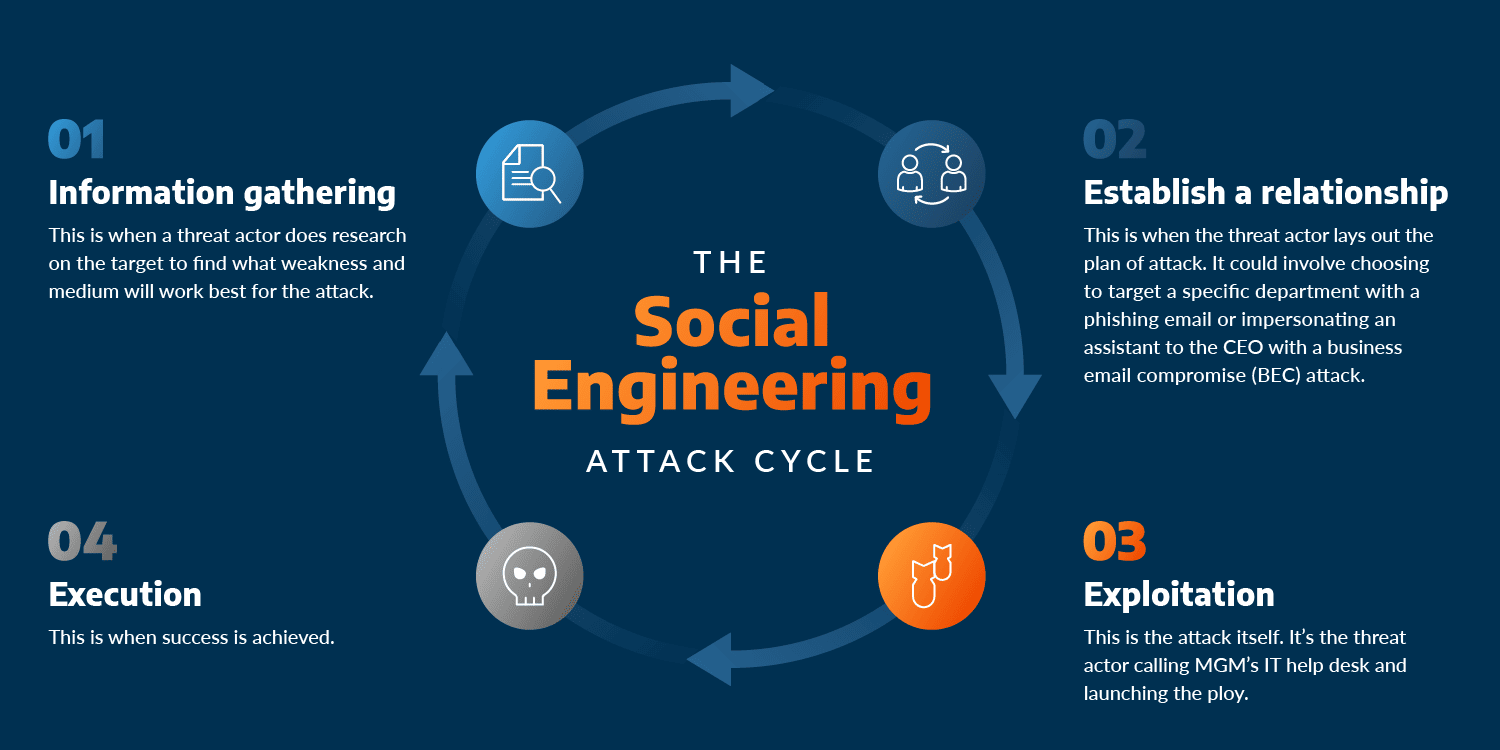Hackers Are Using Clever Techniques To Trick Windows Users Into Opening Malicious Websites
As a savvy business owner and Microsoft Windows user, you always update your browser and only visit secure websites. But do your employees exercise the same level of caution? If not, your data could be at serious risk. This is especially true now that hackers are using clever techniques to trick Windows users into opening malicious websites in unique ways.
What Is Malware and How Does It Usually Spread?
Malware is software that cybercriminals use to jeopardize company devices, from cell phones to desktops. While some online threats originate from competing companies that want to drive another business by destroying customer trust or locking them out of their account, others steal data, funds, and identities.
Whatever the reason behind an attack, malware comes in many different types. For instance, viruses and worms make copies of themselves to infect one computer or multiple in a network, respectively. Others, like adware and Trojan horses, pretend to be something they’re not, so employees let down their guard and interact with them.
Malware also spreads in unique ways, such as when downloading faux software or legitimate programs that hackers have tampered with. Clicking suspicious links in emails and on websites also causes malware to spread. Since January 2023, this has become a major cause for concern. Check Point Research (CPR) has announced that hackers use clever techniques to trick Windows users into opening malicious websites.
Window’s New Zero-Day Flaw
Check Point Research said a new malware campaign surfaced in January 2023. In it, hackers use .URL files that act as shortcuts to lure Windows users to affected website pages. These shortcuts appear in .PDF book files and may seem innocuous, but nothing could be further from the truth.
Suppose you or one of your employees click on the file. In that case, it opens an outdated version of Internet Explorer with many zero-day flaws. While updated versions have patches for these issues, older ones remain vulnerable, making them perfect for phishing and other cyberattacks. The browser leads users to a faux website page where hackers can deploy malware and steal information.
Microsoft’s Remediation of This Flaw
During July Patch Tuesday, researchers at CPR explained that hackers are using clever techniques to trick Windows users into opening malicious websites, then using exploit kits and info-stealers to grab credentials and financial data.
While it’s one of the biggest Windows threats in recent months, it’s far from the only one. Another flaw, CVE-2024-38080, grants attackers Microsoft virtual machine hypervisor privileges. Microsoft now has patches available for these two active flaws alongside 140 others.
If you want to reduce your chances of falling victim to social engineering, especially in cases where hackers are using clever techniques to trick Windows users into opening malicious websites, be sure to keep your browser and your Windows machine updated.
How We Can Help
At ABT Solutions, we understand the critical importance of keeping your software and systems up to date to protect your business from evolving cyber threats. Our comprehensive IT services include proactive monitoring and regular updates to ensure that your Windows machines, browsers, and other software are always running the latest security patches. We also offer employee training to help your team recognize and avoid the latest social engineering tactics that hackers use. Don’t leave your business vulnerable—partner with us to safeguard your data and maintain a secure, resilient IT environment. Contact us today to learn more about how we can help protect your organization from the latest threats.







